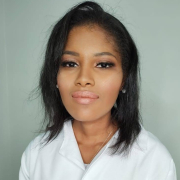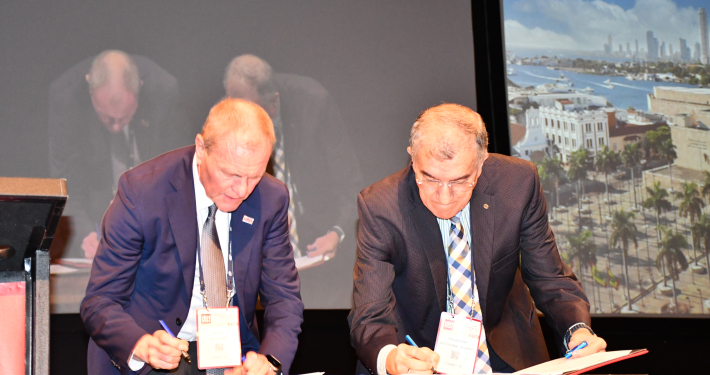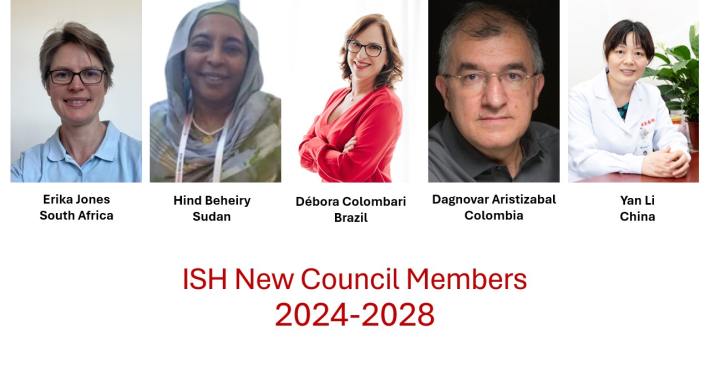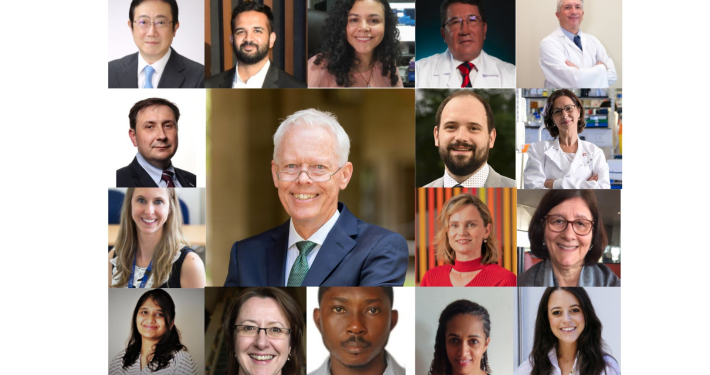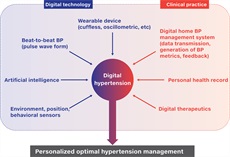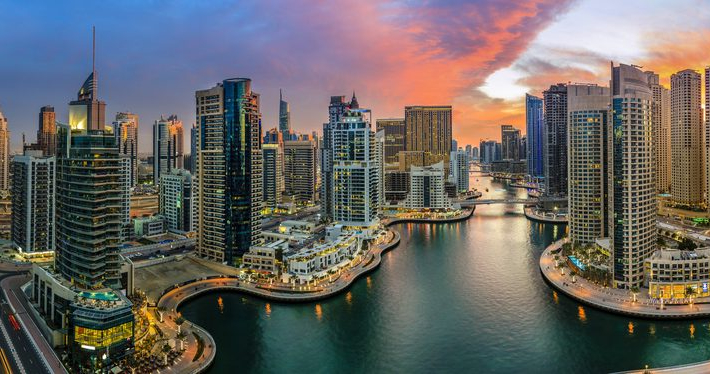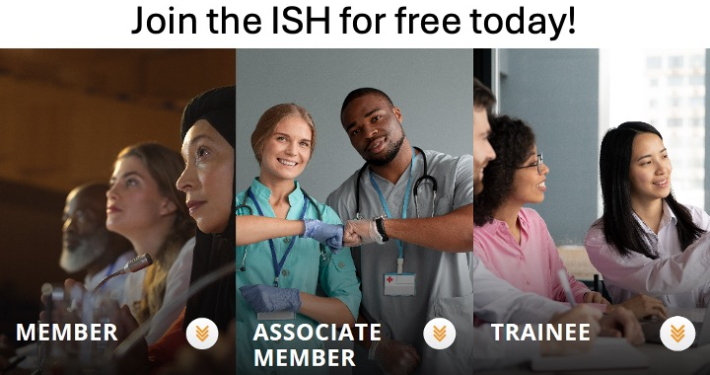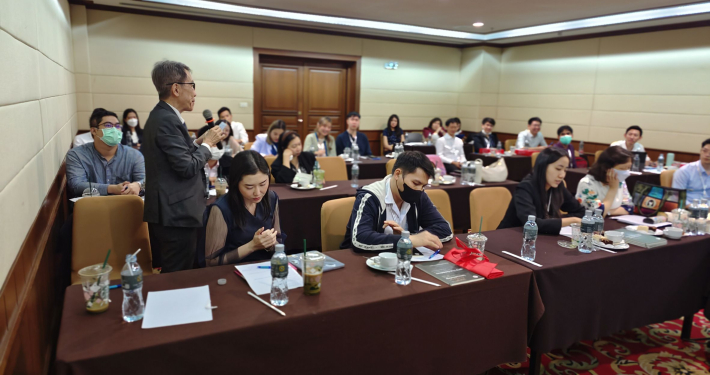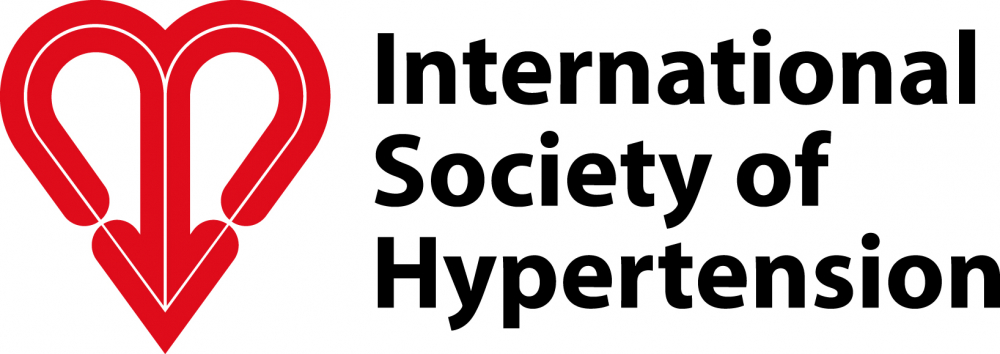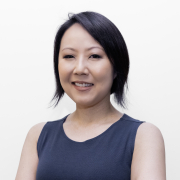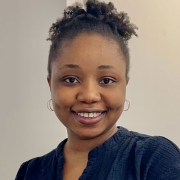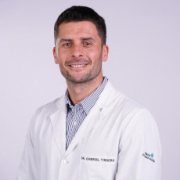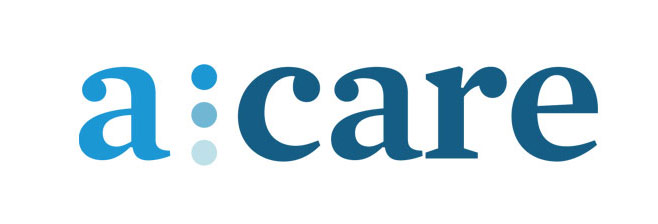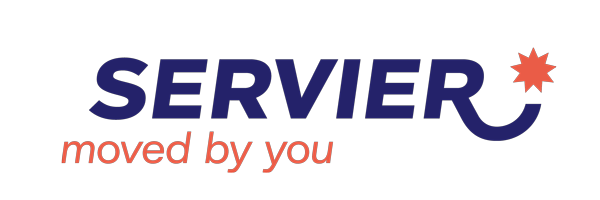Current Position:
Assistant Physician, Internal Medicine Department, Hospital Privado.
Assistant Professor, Electron Microscopy Center, School of Medicine at Universidad Nacional de Córdoba, Argentina.-
Previous Training/Positions:
Internal Medicine Residency at Sanatorio Allende.
Fellow Researcher in Hypertension genetics laboratory, at Instituto Mercedes y Martin Ferreyra, Córdoba, Argentina.
Student Exchange at Resistant Hypertension Program (PROHART) at Clementino Fraga Filhio Hospital, UFRJ, Rio de Janeiro, Brazil.
Student Exchange at Oxidative Stress Laboratory in Florianopolis Brazil.
Tell us a little bit about yourself
I am a MD and an internal medicine specialist. I have experience in medical hospitalism, hypertension and cardiovascular risk. Also, I’m doing my PhD in basic research.
In addition to science, I like sports very much. I play football regularly and go mountainbiking as often as I can. Listening to music (pop, folk and classical) and traveling are among my favorite freetime activities as well.
When did you become interested in science?
I have been interested in science since childhood. However, when I was a medical student, it was Dr Orías who really made me discover what science was all about and how wonderful it was. After that, I have always tried to take advantage of every opportunity to be involved in science.
Tell us a little bit about your research/research program
I do both clinical and basic research. My clinical research is about young hypertensive patients, phenotypes and mechanisms. At present, we are starting a hypertension epidemiological research in AIDS patients. In the basic research, I am working on hyperuricemic induced nephropathy and hypertension in rats.
How did you become involved with the ISH?
Last year I attended the ISH meeting in Australia, where I discovered this great society and the New investigator network (NIN). I became a member of the subcommittee of NIN soon afterwards.
What do you consider to be your most significant scientific contribution (provide Pubmed PMID if possible)?
I think I have not made a major scientific contribution yet. However, I believe our last paper is novel about hemodynamic mechanisms.
PMID: 23403215
What upcoming conferences will you be attending?
I’d like to attend the next year ISH meeting in Greece.
What is your favourite manuscript from a lab other than your own (provide Pubmed PMID if possible)?
I like the paper about renalase. This paper is a novel way to do research. It describes a novel enzyme, that will very important to understandad sympathetic system and related hypertension mechanisms. PMID: 15841207
What was your first conference?
My first international conference was the World Congress of Nephrology in Rio de Janeiro Brazil, 2007.
What is the furthest you have traveled for a conference?
Last year, I visited Sydney in order to attend the ISH meeting.
What entity (i.e. equipment, patient population) is essential to your research?
Ambulatory Blood Pressure Monitoring device for humans, and Microscopies (light and electron) to do basic research.
What area of research do you wish you knew more about?
I like basic, clinical and epidemiological areas of hypertension, maybe I’d like to know more about genetics and epigenetics.
Any advice for other young scientists?
B. Houssay (Argentinian Nobel Prize winner in medicine) said “Young people must have high ideals and intend to achieve great things, because if life always reduces our achievements and we end up fulfilling only a part of what we wish, only be dreaming high will we achieve more. The present conquests are youthful dreams come true which were once considered impossible.”
In a few words, we get the best possible results if we aim high and work hard towards fulfilling our dreams.
